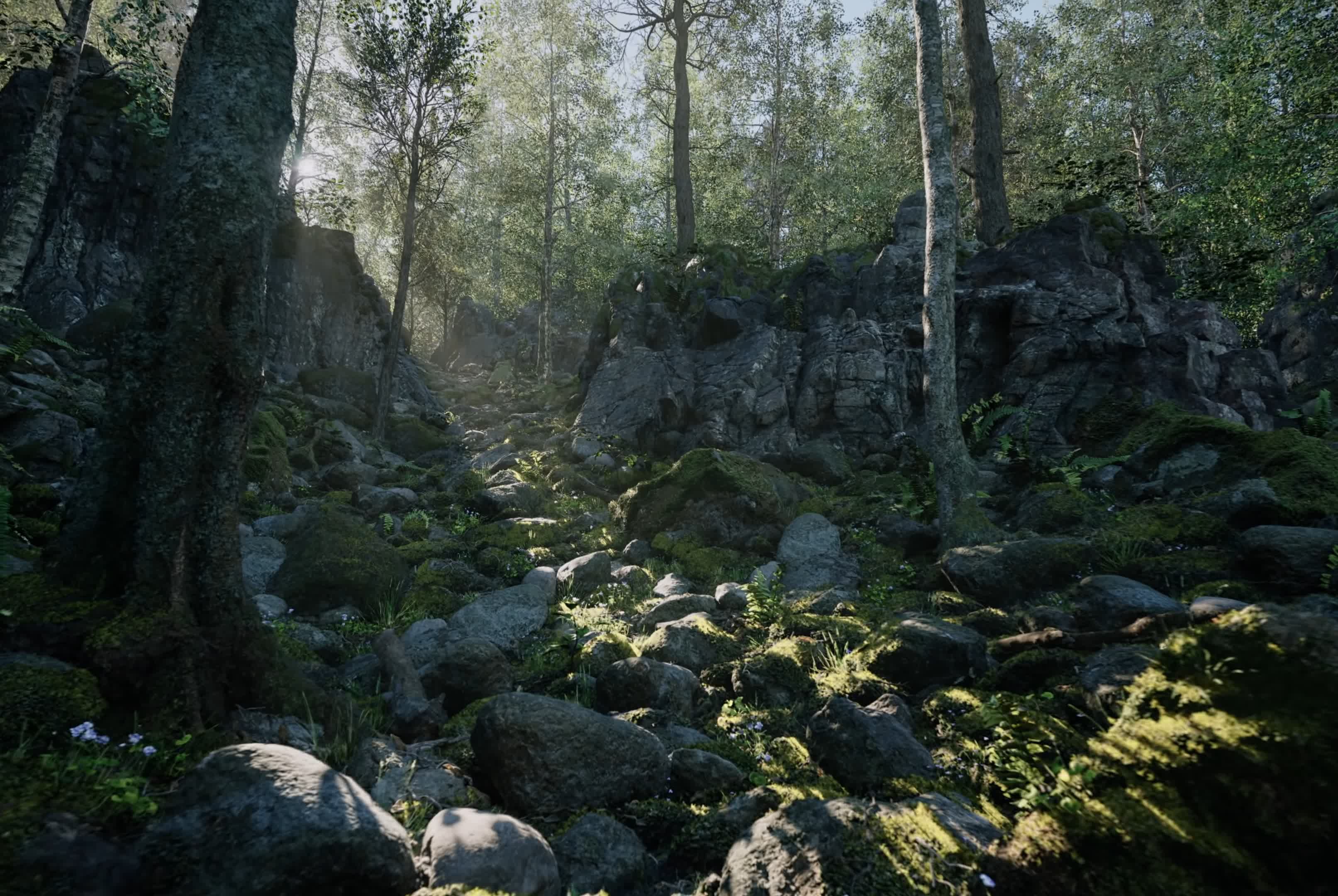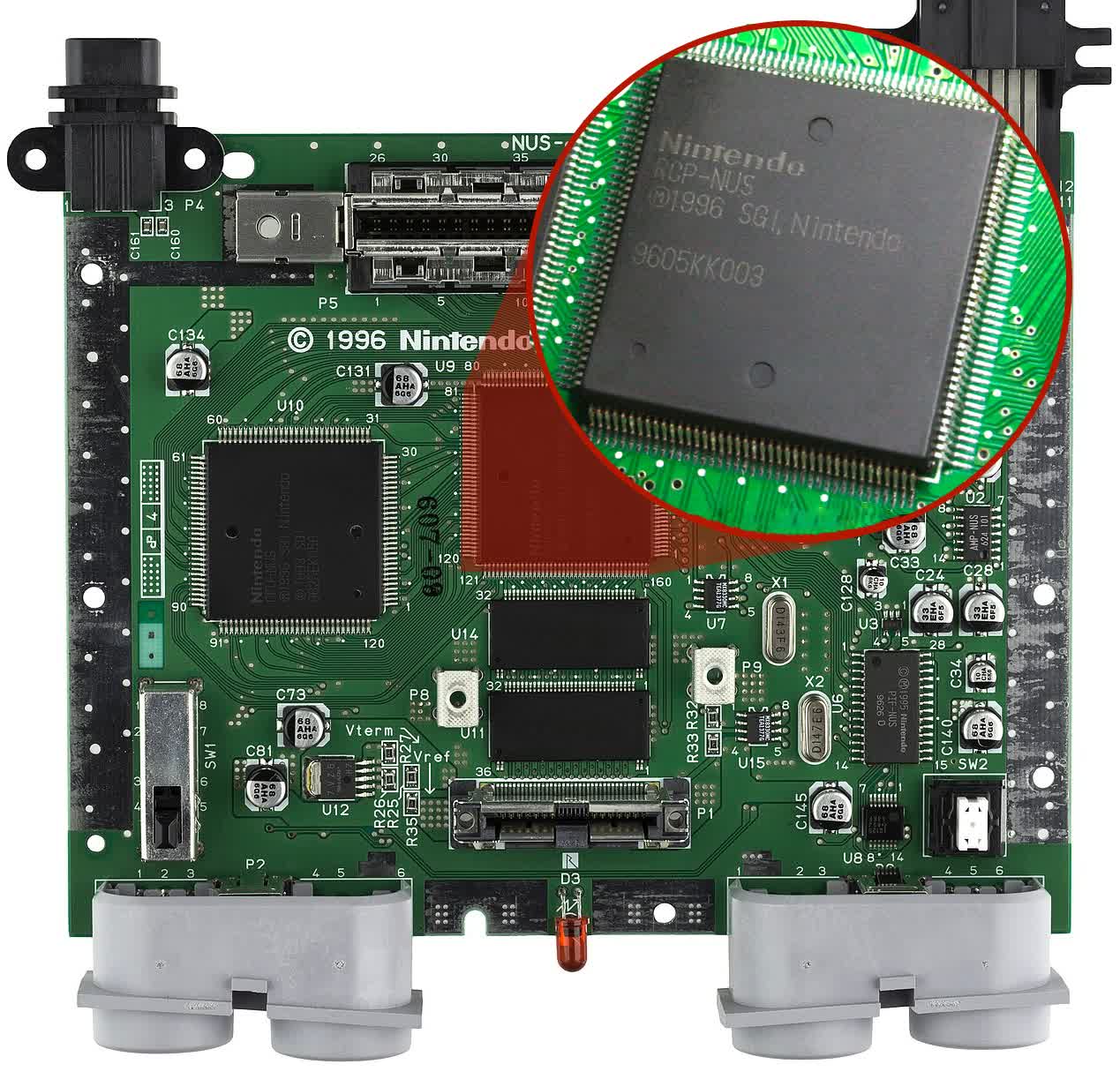As CPUs and GPUs continue to get more powerful with each new generation, the push for ever more realistic graphics in blockbuster games shows no signs of slowing down. Today's best-looking titles already look stunning, so how much better can they possibly get?
Which technologies will become as commonplace as texture filtering or normal mapping is today? What systems will help developers reach these higher standards? Join us as we take a look at what awaits us in the future of 3D graphics.


Before we head off into the future, it's worth taking stock of the advances in 3D graphics over the years. Much of the theoretical aspects of 3D rendering (e.g. vertex transformations, viewport projections, lighting models) are decades old, if not older.
Take the humble z-buffer, as an example. This is nothing more than a portion of memory used to store depth information about objects in a scene and is primarily used to determine whether or not a surface is hidden behind something else (which in turn allows objects to be discarded, instead of rendering them and can also be used to generate shadows).
The concept of the z-buffer is generally attributed to Ph.D. student Wolfgang Straßer, 1974, working at TU Berlin at the time. The first commercial hardware to make use of the buffer appeared within 5 years or so, but the general public would have to wait over 20 years, until the mid-90s, for the arrival of the Nintendo 64 and its z-buffer enabled Reality co-processor.

